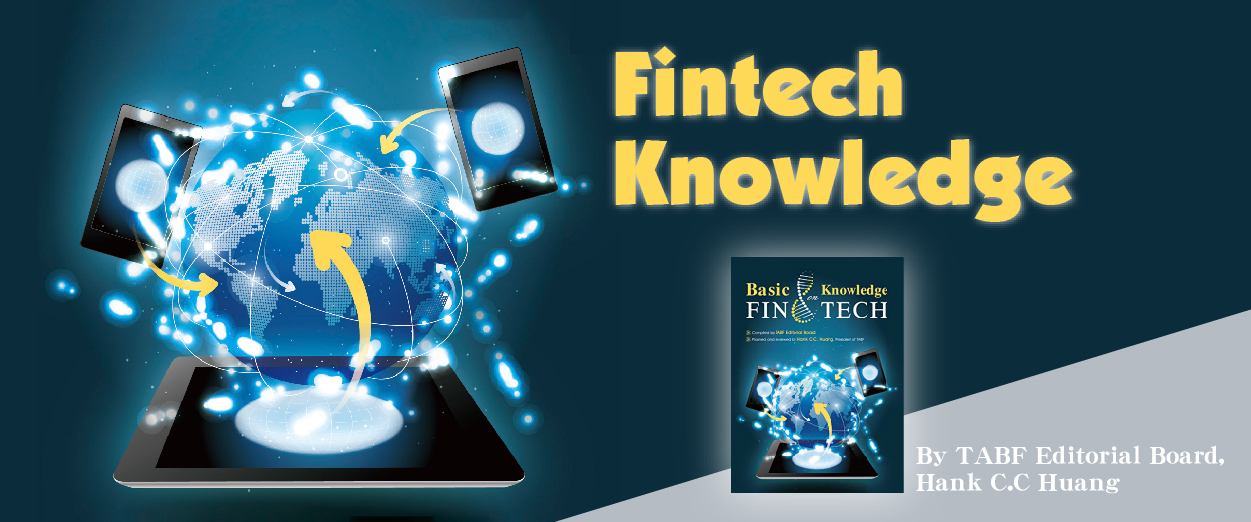|
The Internet of Things (IoT) has already revolutionized the way we interact with our physical world, connecting devices and enabling seamless communication between them. As technology continues to advance, a new frontier is emerging: the Internet of Underground Things (IoUT). IoUT refers to the deployment of interconnected sensors and devices in underground environments, such as tunnels, mines, and underground infrastructure, to monitor and control various operations. The potential applications of IoUT are vast and diverse. One of the key areas where IoUT can make a significant impact is in underground mining. By deploying sensors to collect data on temperature, humidity, gas levels, and structural integrity, mining companies can gain real-time insights into their operations. This information can help optimize processes, enhance worker safety, and improve overall operational efficiency. For example, sensors can provide early warnings about potential collapses or gas leaks, allowing for timely evacuation and minimizing the risk of accidents. Another area where IoUT holds great promise is in urban planning and infrastructure management. Underground utility networks, such as water pipelines, sewage systems, and electrical cables, are critical for modern cities. However, monitoring and maintaining these networks present significant challenges. With IoUT, sensors can be deployed throughout underground infrastructure to constantly monitor conditions and detect any issues, such as leaks or damage. This proactive approach enables efficient maintenance and reduces the likelihood of disruptive failures. Furthermore, IoUT can play a crucial role in environmental monitoring and conservation efforts. Underground ecosystems, such as caves and aquifers, are delicate and sensitive to human activities. By deploying sensor networks, scientists and conservationists can gather data on water quality, biodiversity, and geological formations. These insights can inform decision-making processes to protect and preserve these fragile underground environments. Security and emergency response are also areas that can benefit from IoUT implementation. Underground transportation systems, such as subway networks, can leverage IoUT technologies to enhance security measures. Sensors can detect suspicious activities or unauthorized access, triggering immediate alerts and response protocols. Additionally, in the event of emergencies, such as fires or accidents, real-time data from IoUT devices can aid emergency responders in assessing the situation and executing effective rescue operations. However, deploying IoUT comes with its own set of challenges. Underground environments pose unique obstacles, including limited connectivity, harsh conditions, and spatial constraints. Overcoming these challenges requires the development of robust and resilient sensor networks, capable of operating in extreme conditions and transmitting data reliably. In conclusion, the Internet of Underground Things represents a new frontier in IoT technology. Its potential benefits span across various industries, including mining, urban planning, environmental conservation, and security. By harnessing the power of interconnected sensors and devices in underground environments, we can unlock valuable insights, optimize operations, and ensure the sustainable management of our subterranean world. The future of IoUT holds tremendous potential for transforming the way we interact with and understand the underground realm.  |
